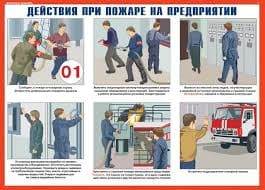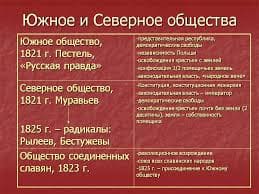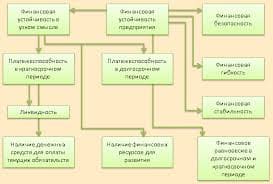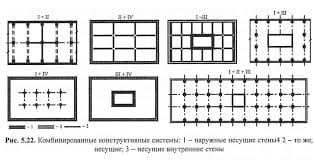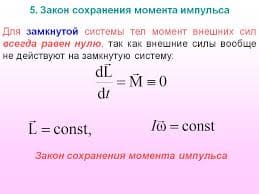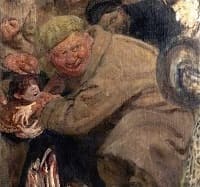Total Physical Response, known as TPR, was developed by Dr. James Asher. The method is based on the fact that young children learn their mother tongue by listening to the speech of their parents. They listen to what their mothers tell them and they react. They do not have to study from textbooks to learn the language. It is enough just to listen carefully. Mothers tell their children to smile, to grab something, to look at something or somebody and the baby does what he/she is told to do. They do not speak for a long time but their responses are purely physical, they move, smile, look at people, etc. After some time they are able to speak as well. The method of TPR works with the same principles.
The simplest way how to use TPR in practice is through commands. The teacher says the students to do something, e.g. to swim, to run, to write, to walk, to turn left, to turn right, to jump, etc. and the students react according to the instructions. Then it is up to the students to utter the instructions themselves and they say the commands to the teacher. What is important is the fact that a teacher is the first person who speaks and students just listen and react. Students have to be given enough time to internalize what the teacher is saying to them.
It is possible to use TPR in many more ways. They are based on the most important principles of TPR. If the teacher wants to practice the Present Simple Tense, he chooses a pupil and describes what the pupil does every day. He says that the pupil gets up at seven o’clock, then he Washes his face, has breakfast, drinks tea, puts on his jeans, combs his hair, goes to school, etc. The chosen pupil listens to the description and acts according to the instructions. Similarly, the teacher can practice the Past Simple tense, the Present continuous tense, etc.
Other aspects of the language are possible to practice with the help of TPR. Let’s take prepositions. The teacher calls the pupils and tell them exactly where they are supposed to sit or stand. He says: Peter, sit on the carpet in front of the board. Paul, stand behind Peter. Lucy, sit between Peter and Paul. Susie, stand next to Lucy. Then he chooses a pupil who describes where his friends are exactly standing/sitting. After a few lessons it is good to let students instruct their friends and make them speak. It is a natural and enjoyable way of acquiring new vocabulary and grammatical structures. Children like TPR as they perceive it as a very enjoyable activity and when they laugh and have fun, they forget completely they are learning. Although there are many advantages in using TPR, the teachers should be aware of the fact that it is definitely not enough to use only this method and teachers have to use other additional ways of working with young learners.
Tasks:
1. Find solutions to the following problems:
1. Students don’t want to talk in English
2. Students are bored and unmotivated
3. Students do not pay attention
4. Strong student dominance
Here is the list of resources the teachers use in the classroom. Think about their role in lesson planning and teaching, and put them into categories accordingly. You can place one item in several categories, if you like.
| Resources | Categories |
| Role-play Dictionary Situation game Video Tape-recorder Newspapers Grammar games Pop songs Experience of students since last lesson Ball OHP Course book Visitors Writing Reading Listening Speaking Student’s interest Student’s knowledge Imagination Brainstorming Board games Picture Slide projector Other teachers’ experience Home work Presentation Up-to-date topics Controversial topics Learner types. Singing Cards Classroom objects | 1. 2. 3. 4. 5. 6. |
 2017-11-30
2017-11-30 682
682

